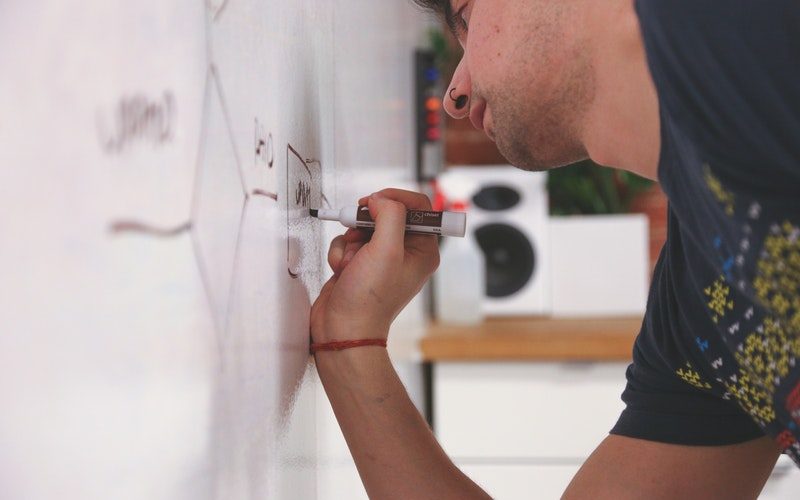In this week’s Whiteboard Wednesday experiment, I explore the powerful transformation that happens when we use experiences as a basis for teaching, and show you my simple process for crafting and embedding experiences in your main teaching times.
I’ve done this many times, and I always find a 25/75 split in the crowd: 25 percent taught using principles and 75 percent taught using stories. In my experience, the percentages are exactly flipped in the church. Three-quarters of us primarily teach using principles; only a quarter (at best) primarily teach using stories.
So when we don’t realize we’re “teaching,” why do three-quarters of us naturally use stories instead of principles? Because our hearts understand something our heads refuse to accept.
Experiences give us our deepest, longest-lasting lessons in life. That’s why we’re so fascinated by stories and why Jesus uses stories (parables) and experiences to teach so often. In fact, his principle-to-story/experience ratio is more like 20/80. People are riveted by stories and experiences, but they have to work to pay attention to principles. The Beatitudes in Matthew 5 are based on principles of truth; the parables throughout the gospels and all of the healings, miracles, interventions, and confrontations are experiences of truth.
We way overuse principle-based teaching and way under-use story-based teaching and experiences.
Experiential teaching simply means we use real-life experiences as a launching pad for helping teenagers ingest and embrace truth (World Vision’s 24-Hour Famine, for example, paves the way for teaching about the purpose of fasting and Jesus’ emphasis on caring for the poor). Or we create simple experiences as a launching pad for teaching (for example, sending kids on a creative treasure hunt to help them understand the point of Jesus’ parable of the pearl of great price).
Virginia youth leader Joe Bradford says he sets up his youth talks with activities that surprise and entice kids into the truth. “I let them find the ‘aha!’ in their own minds,” says Bradford. “For example, I did a lesson on the body as God’s temple. I first had them do a quiz—they won pretzels for right answers. After a while I said, ‘Oh, I’m sorry, you must be thirsty.’ We had been talking about movies. When my helper came back, she had a gallon of water with a little dirt in the bottom. They all cried out, ‘Eew!’ And I replied, ‘What’s wrong? It just has a little dirt in it!’ That had been their approach to R-rated movies. They put two and two together, not me.”
My favorite way to plunge kids into an experience of learning, instead of a passive exposure to truths, is to send them on group explorations. I use the word “pursue” a lot. I mean, you give kids a problem to solve or a truth to discover, point them in the right direction, then let them figure it out. Alabama youth minister Joey Fine says, “I tell my youth that it’s going to be a group discussion and that they are the lesson. I give them a topic about a spiritual issue to explore, and they sometimes discover more than I have!” Eliza Rutter adds, “I use a lot of group work where kids discover spiritual truths on their own. I like to ask questions or give kids an outrageous situation to get the group talking. We often brainstorm things by writing down our ideas, then we go back over our lists together. The youth can learn a great deal from each other without me ever saying a word.”
The overarching truth about the way Jesus communicated is simple: He used methods that worked for those he was trying to reach, not methods that served his own needs. Paul says Jesus “emptied Himself, taking the form of a bond-servant” (Philippians 2:7, NASB) as he launched himself into his Father’s grand rescue mission. And every time we “decrease ourselves” in favor of “increasing growth and engagement,” we’re soaking teenagers in the spirit of Jesus.


